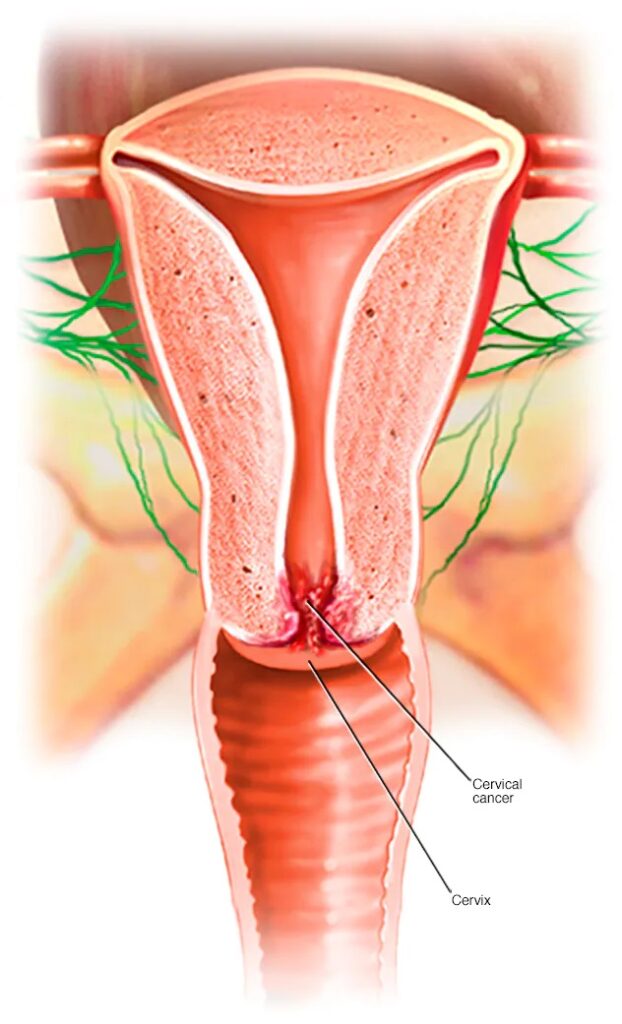Cervical Cancer
Cervical Cancer treatment by Dr. Nikhil Mehta
Treatments – Cervical Cancer
Treatments
CERVICAL CANCER

Cervical cancer is a growth of cells that starts in the cervix. The cervix is the lower part of the uterus that connects to the vagina.
Various strains of the human papillomavirus, also called HPV, play a role in causing most cervical cancers. HPV is a common infection that’s passed through sexual contact. When exposed to HPV, the body’s immune system typically prevents the virus from doing harm. In a small percentage of people, however, the virus survives for years. This contributes to the process that causes some cervical cells to become cancer cells.
You can reduce your risk of developing cervical cancer by having screening tests and receiving a vaccine that protects against HPV infection.
When cervical cancer happens, it’s often first treated with surgery to remove the cancer. Other treatments may include medicines to kill the cancer cells. Options might include chemotherapy and targeted therapy medicines. Radiation therapy with powerful energy beams also may be used. Sometimes treatment combines radiation with low-dose chemotherapy.
Symptoms
When it starts, cervical cancer might not cause symptoms. As it grows, cervical cancer might cause signs and symptoms, such as:
- Vaginal bleeding after intercourse, between periods or after menopause.
- Menstrual bleeding that is heavier and lasts longer than usual.
- Watery, bloody vaginal discharge that may be heavy and have a foul odor.
- Pelvic pain or pain during intercourse.
